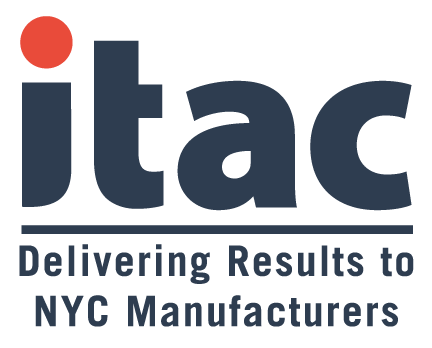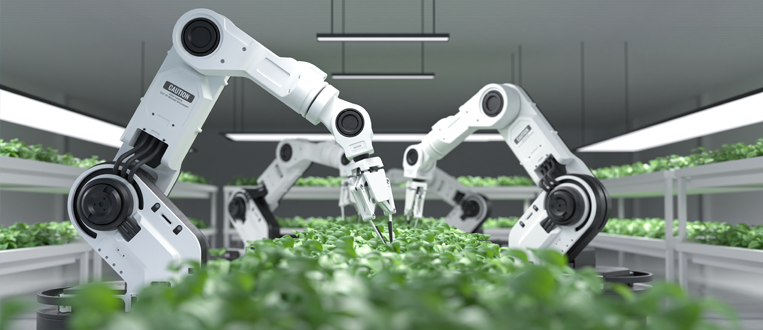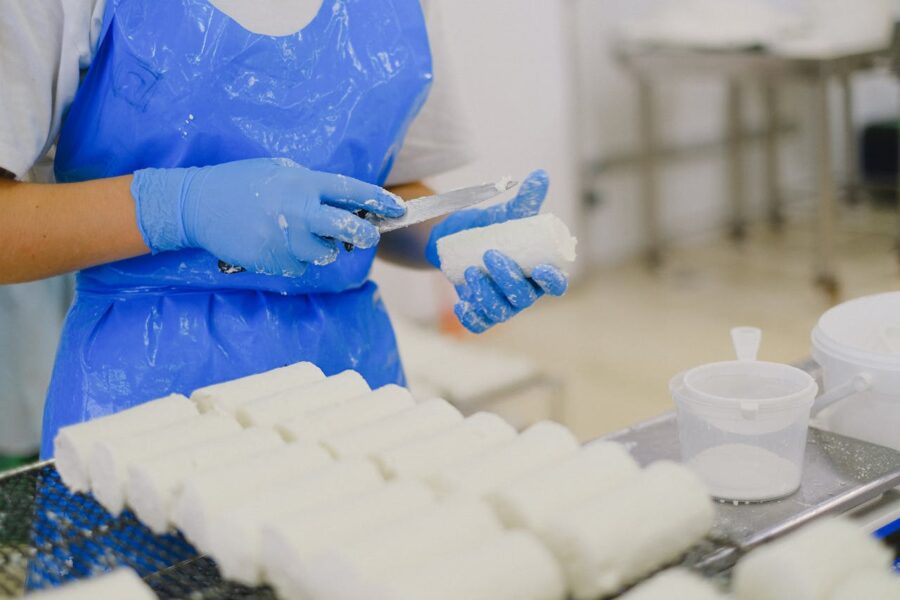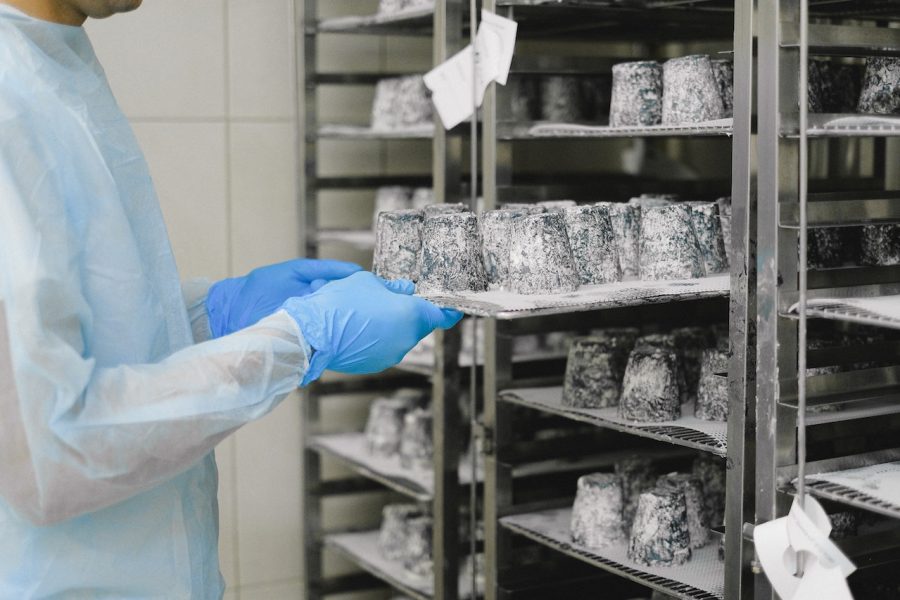The inability to gather good data has challenged many food manufacturers for decades. But not anymore. As sensor technology has improved, and technology platforms have become more accessible and affordable to small and medium-sized manufacturers, the food industry is poised for transformation. Food companies can now better understand their ingredients, products and operations.
The Center for Innovative Food Technology (CIFT) and JobsOhio recently commissioned a business intelligence group, TEConomy Partners, to conduct a study on the current and future state of the food industry. The findings identified five large-scale trends, or themes, that are having a significant impact on the industry, whether you are in craft beer or dairy. The disruptive technologies span the entire value chain and will have impacts for many years. It’s not just high-demand areas such as supply chain and cold storage where innovation is occurring, it’s also happening in traditional unit operations found in legacy manufacturers and product categories.
Let’s look at the five long-term, impactful trends in the food industry.

1. Supply Chain Adaptability
Disruptions in the supply chain have forced food processors to make rapid adjustments, better manage their exposure, and develop new avenues for distribution from suppliers and to customers. But food companies were facing significant challenges in the supply chain prior to the COVID-19 pandemic. This was primarily from the expansion of stock keeping units, or SKUs, as consumers demand more flavors and options.
It is not unusual for a food processor to handle 200 ingredients for 60 SKUs even though a significant portion of their revenue comes from a handful of core products. Higher SKU counts and additional specialty ingredients have added to exposure in the current environment. When an ingredient is not available, the manufacturer faces additional challenges as a substitute ingredient may result in changes ranging from supply storage to processing requirements and even cleaning and traceability policies.
Willingness to invest in this area has led to solutions that allow for rapid adjustments to new supply constraints, real-time location tracking, and alternative input sourcing using artificial intelligence (AI) powered algorithms. In any case, you should be looking at what solutions for adaptable and flexible systems are within your budget and return on investment (ROI) expectations.

2. Digitalization of Food
It’s important for even the smallest food manufacturers to become familiar with and invest in digital technologies to be able to meet new industry standards for increased transparency and safety. These changes have been driven not only by compliance concerns, but also by retailers requiring their vendors to be capable of participating in digital supply networks.
The more you invest in ways to measure your raw materials and finished products, the easier it will be to improve your performance. For example, you might be able to optimize shelf life of a product if you can better understand its water content by using accurate, real-time measurement.
The ability to capture data from your operation will also help standardize work and reduce the reliance on key individuals’ tribal knowledge. In this case, that’s not a bad thing. Augmenting human decision making with data-driven science is good for business.
Harnessing big data will also inform food science, such as cold-chain management and associated R&D.

3. Automation, Robotics and Industry 4.0
Autonomous systems will have a profound impact on the food industry. In fact, with improvements in sensor performance, AI is being implemented by some food manufacturers. Data acquisition systems are capable of accurately characterizing complex biological ingredients and products, which allows manufacturers to automate processes and derive the same value out of predictive data analysis that other segments have been doing for years.
Many smaller domestic manufacturers have struggled to adopt automation, especially for high-mix, low-volume work. Industry 4.0 requires significant capital investments and new workforce skills in analytics and programming, which are in high demand across all industries. But the benefits of automation are extensive, including:
- Enhanced production efficiency.
- Potential for 24/7 operations.
- Reduced labor demands.
- Increased uptime and extended machine lifecycles.
- Improved quality and repeatability.

4. Consumer Empowerment
Consumers who understand their food are demanding more choices that are healthier and processes that are more transparent. They are looking for brands to demonstrate a commitment to reducing their impact on the environment. And they are looking for higher levels of customization and convenience for shopping, purchasing and delivery.
The implications for food companies are many, including:
- Providing more avenues for product sales, including direct to consumer.
- Improving order fulfillment, shipping and packaging.
- Expanding ways to connect with customers.
- Increasing customization options and SKUs.
Savvy brands have increased transparency, both in their products and their environmental impact, and are driving consumer engagement. Tactics include messaging such as:
- “Scan this QR code to see how much water it took to make this bottle of salsa, then tell us how you feel about it.”
- “Use code INFLUENCER10 to get a discount and support your favorite social media personality sponsored by our brand.”
- “Your meat crate just arrived, click this link to learn more about how we raise our animals and get grilling tips from our resident pitmaster.”
These touchpoints can have a big impact with customers. Even if you think you are far removed from consumer preferences, such as a flavor house, customer empowerment will trickle down to your operation.

5. Resource Optimization (Sustainability)
The food industry is likely to face increases in regulations pertaining to emissions, resource use and waste. The good news is that advanced technologies are enabling resources to be managed more efficiently.
Many food companies can make significant improvements in this area by learning how to quantify their waste streams and measure improvements. For instance, there’s a big difference between a goal of “use more recycled resin in our HDPE tubs” and “increasing the recycled resin in our tubs from 10% to 20% will reduce the net carbon footprint of our product by 15% and only lose 3% in rigidity.”
The companies that are most successful in optimizing their resources conduct resource-use audits, whether internal or external, to pick out the lowest hanging fruit that can be addressed with minimal costs. For example, do you know how much aluminum or water your company uses? Can any of that be reduced or reused?
ITAC Can Help Transform Your Food Company
The food industry continues to be a driver of national economic competitiveness that sustains our high quality of life. Food manufacturers face many choices in how to evolve their engineering, food safety and product development. ITAC and our experts can help you address the disruptive technologies that are transforming the food industry. Contact us today to get started.
______
ITAC is the NYC chapter of the Manufacturing Extension Partnership (MEP) network, affiliated with the National Institute of Standards and Technology (NIST). These non-profit organizations deliver technical, consulting, and workforce development services to small and medium-sized businesses in the manufacturing community.
The insight for this article originated from NIST MEP.
